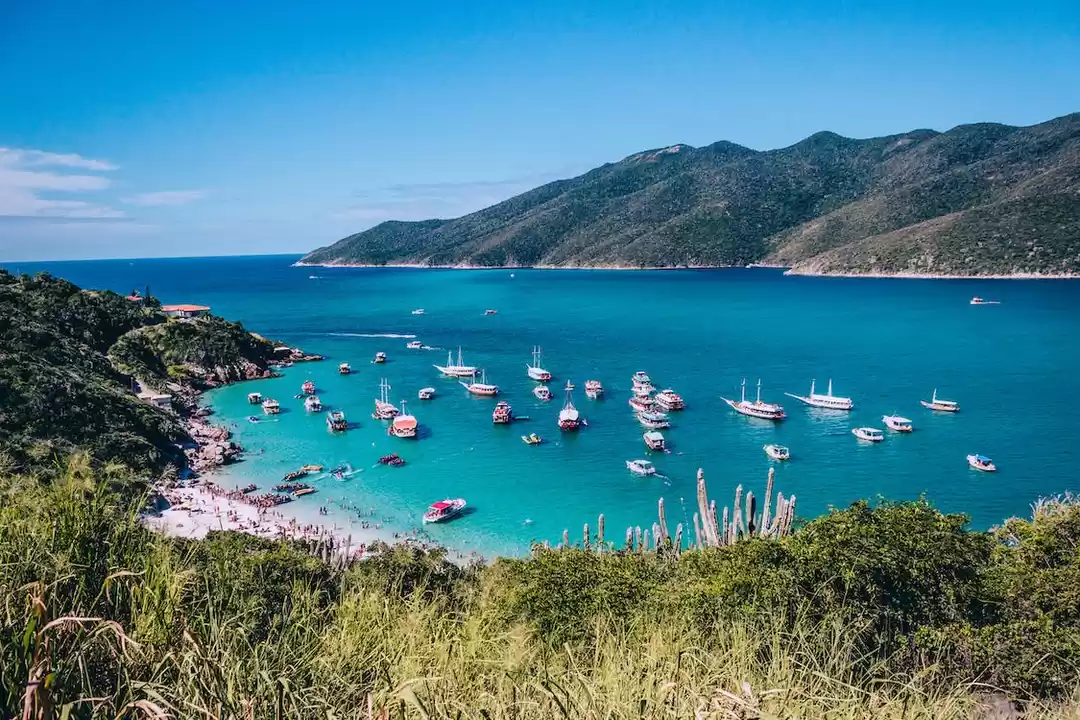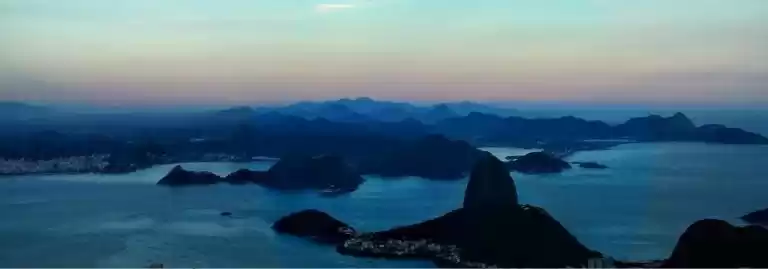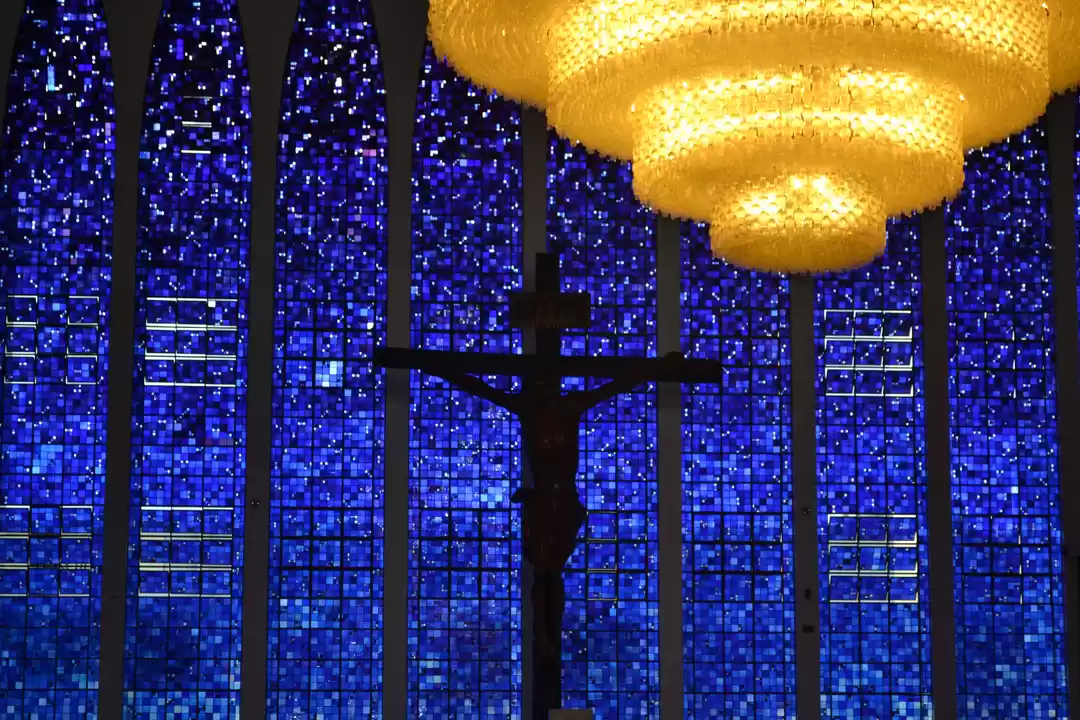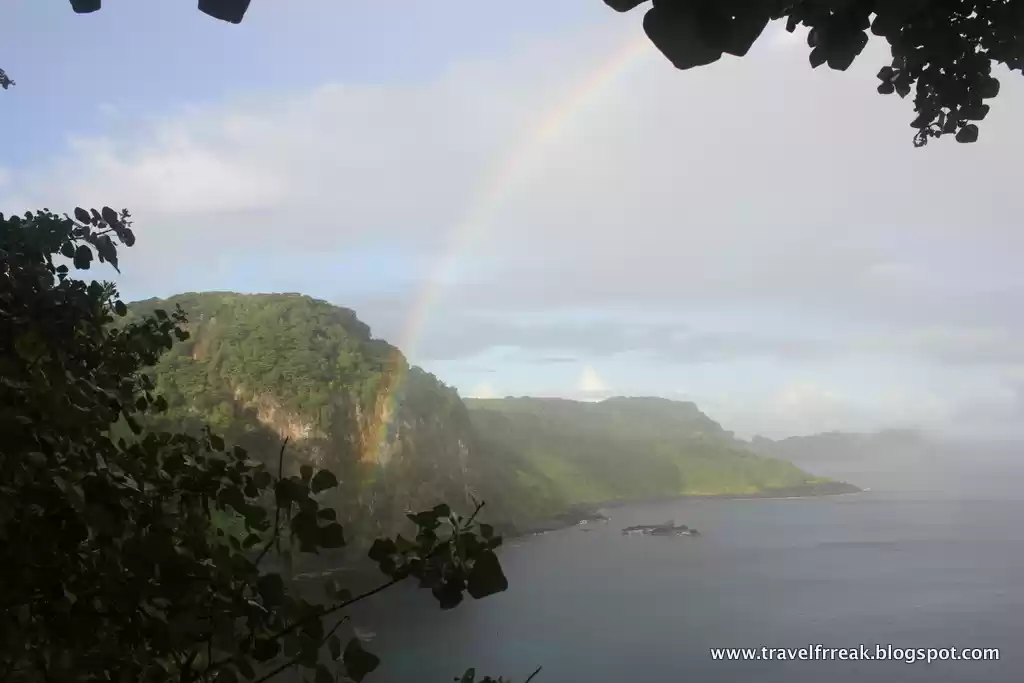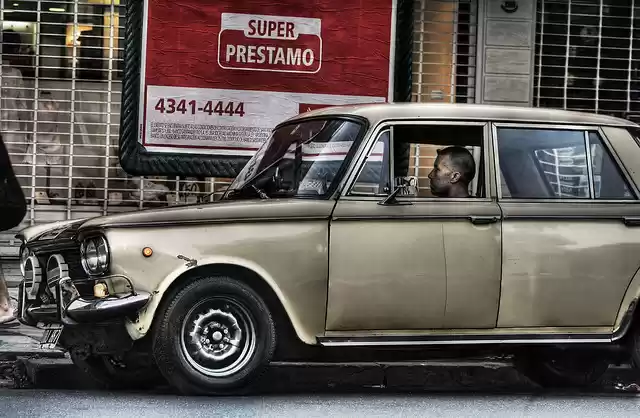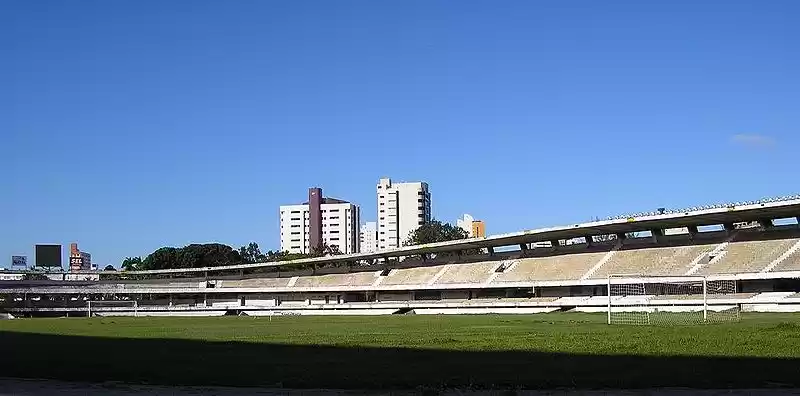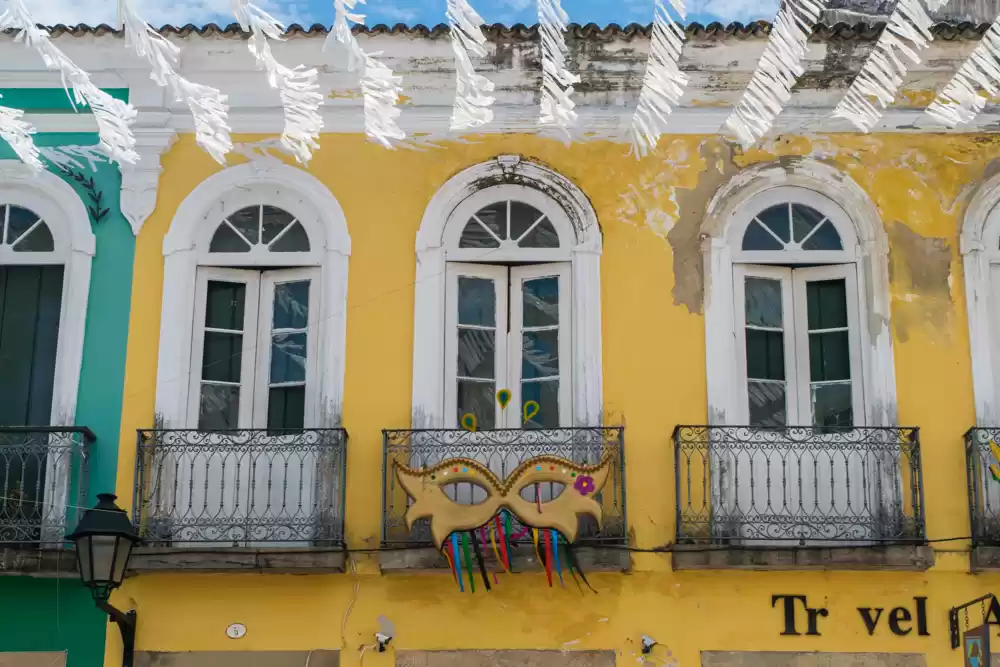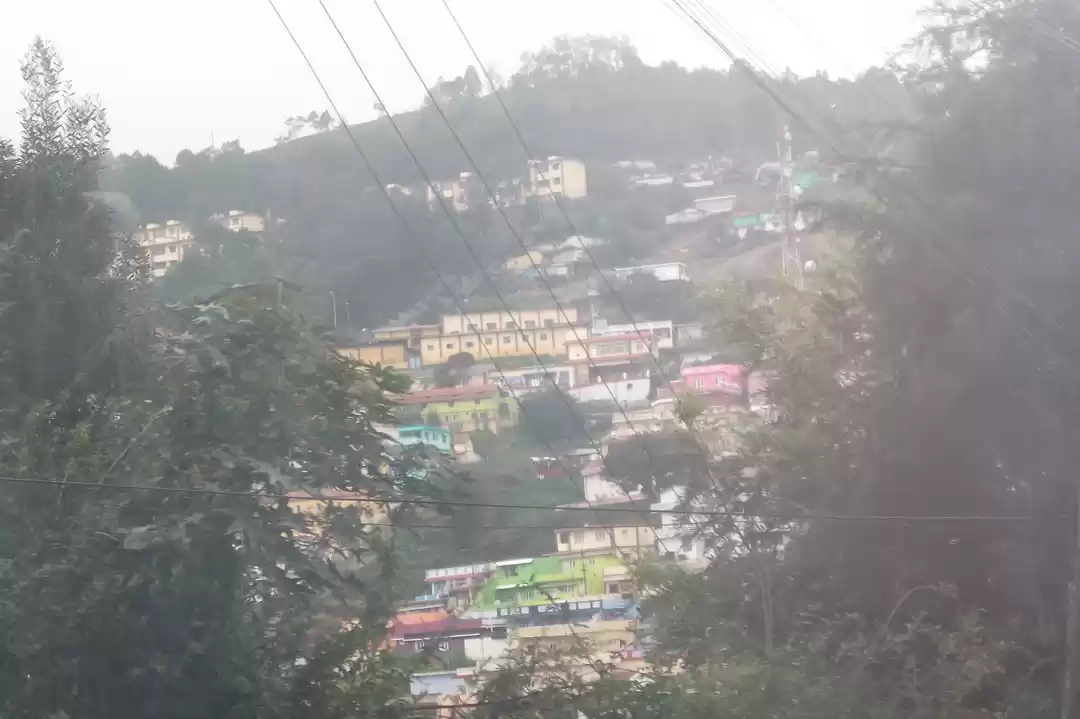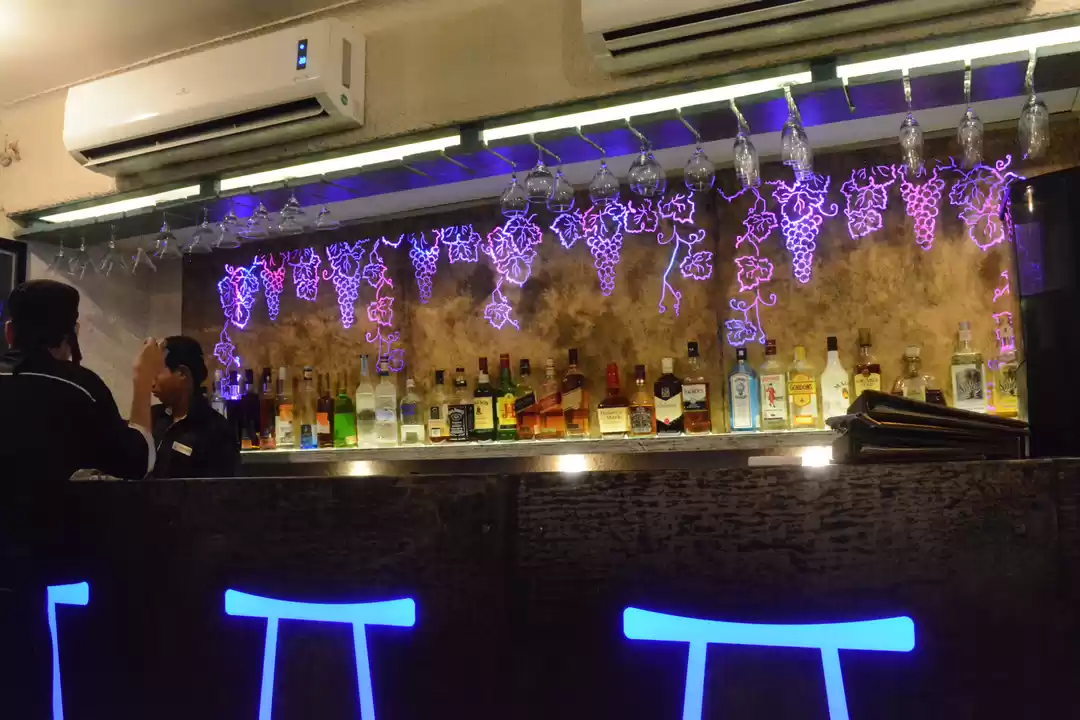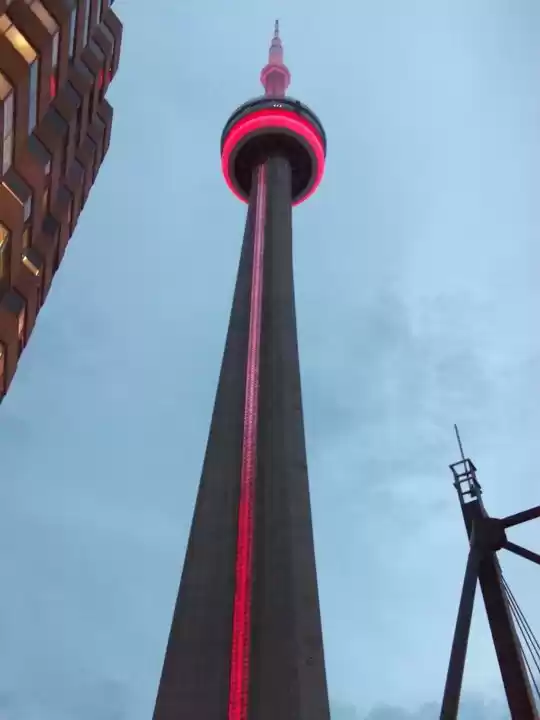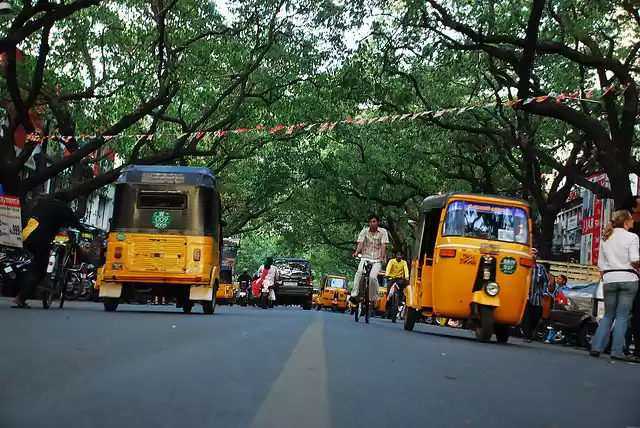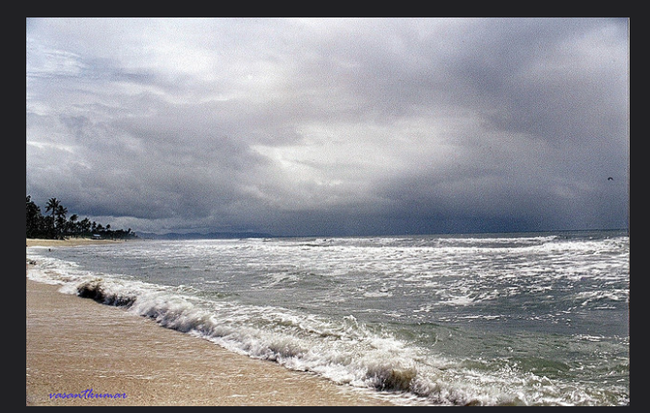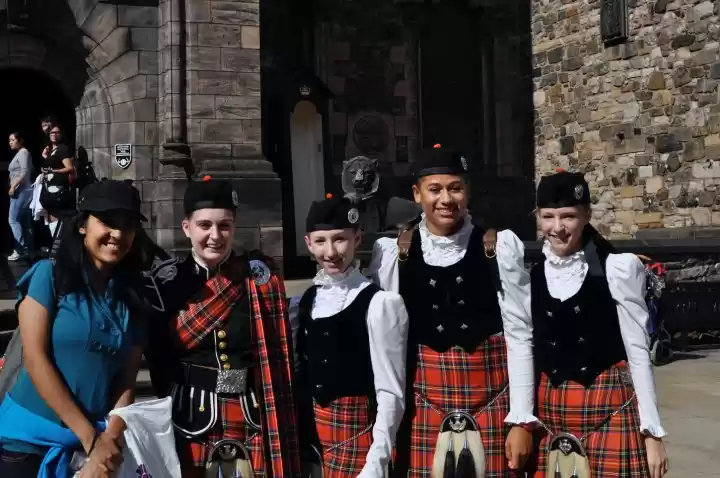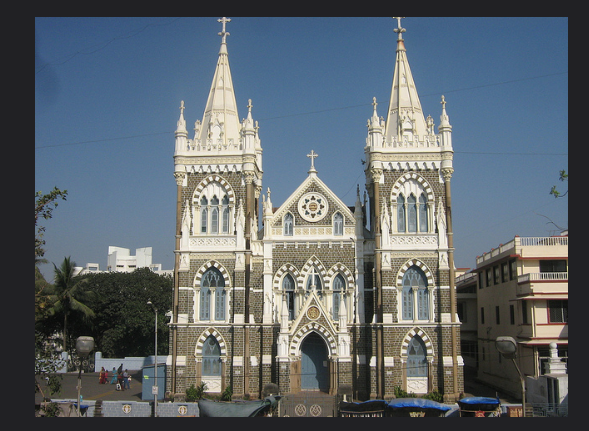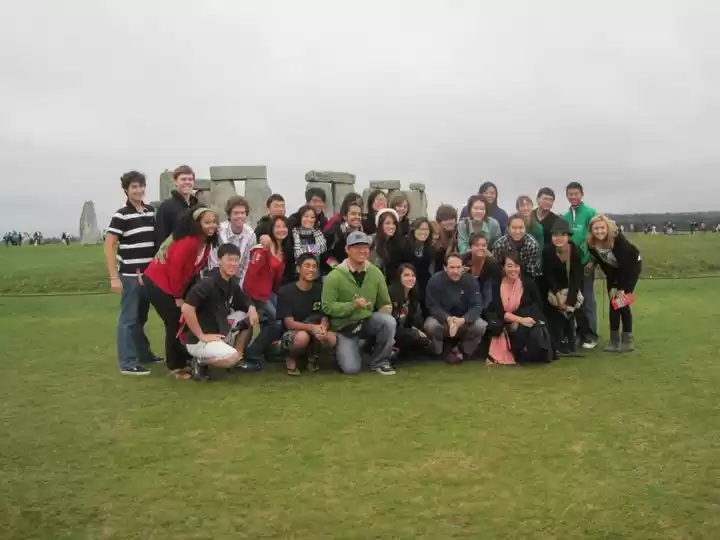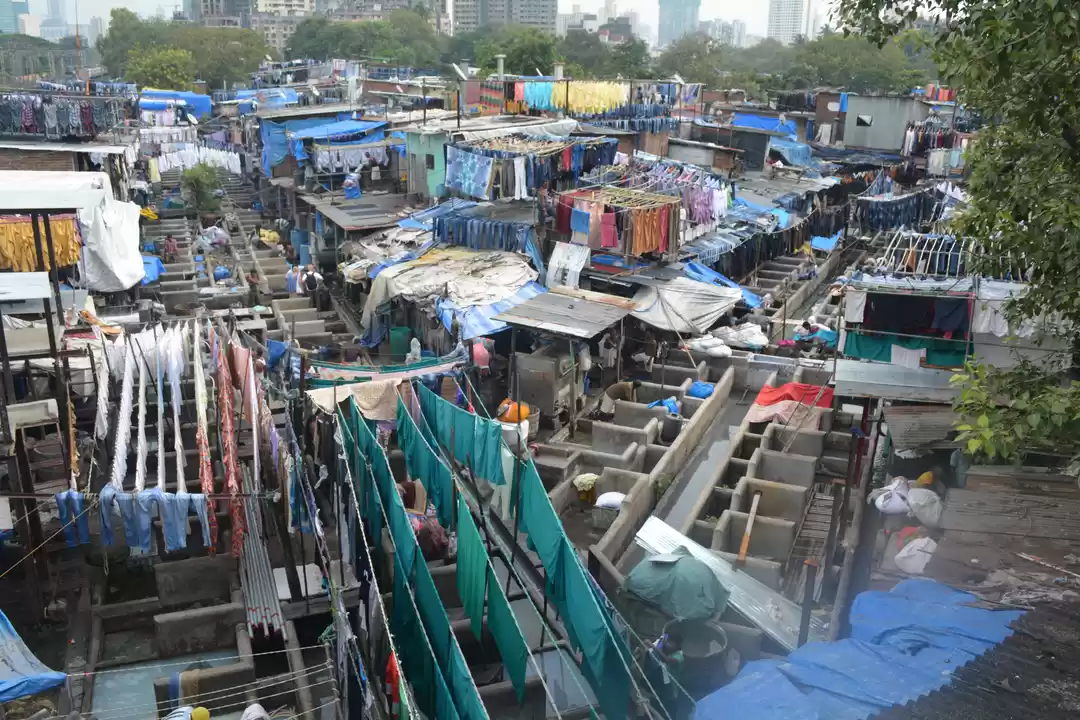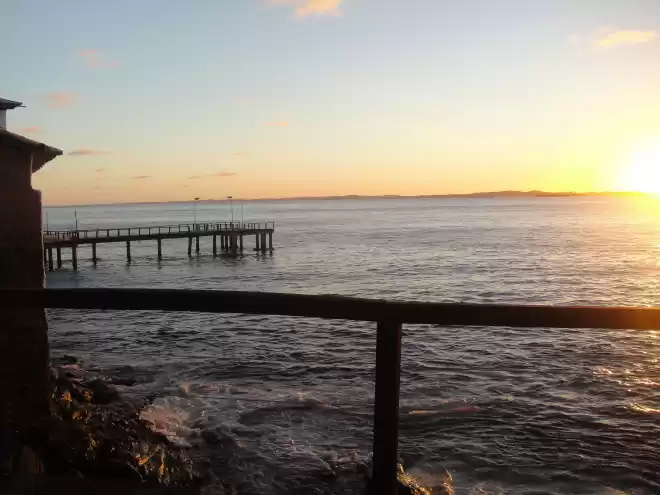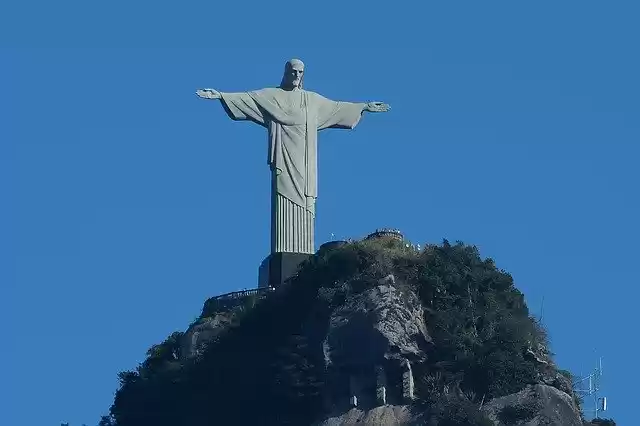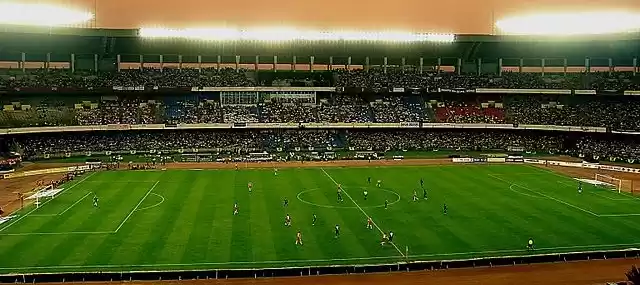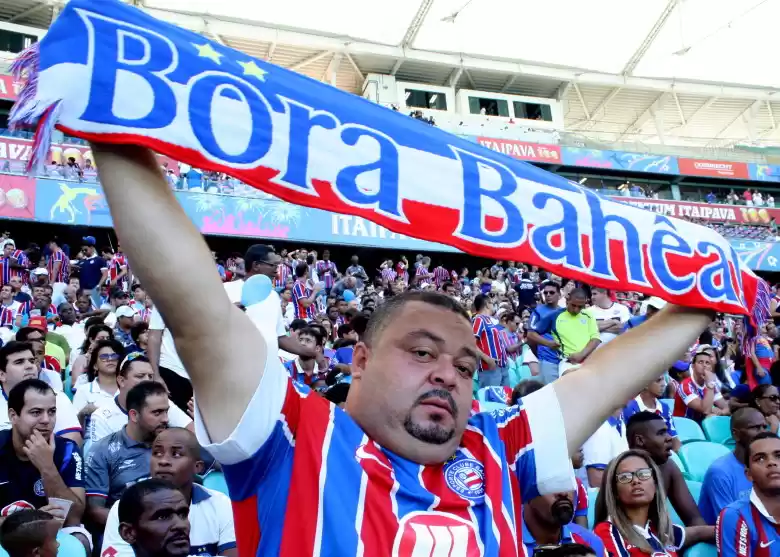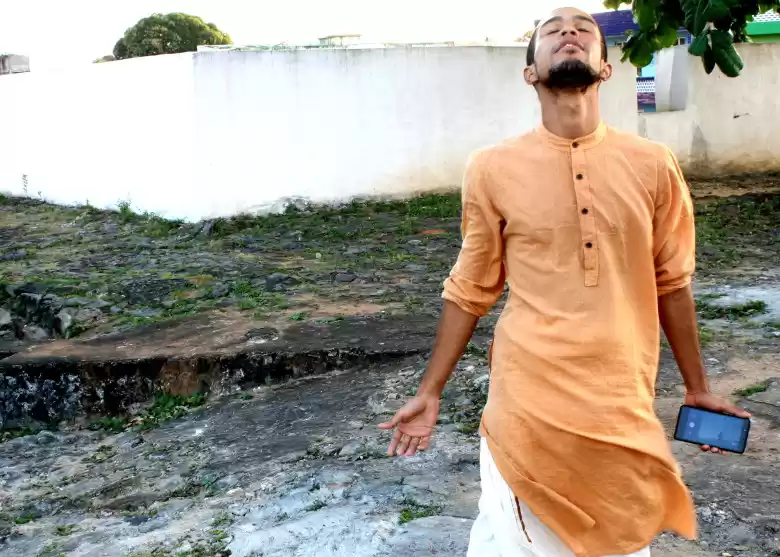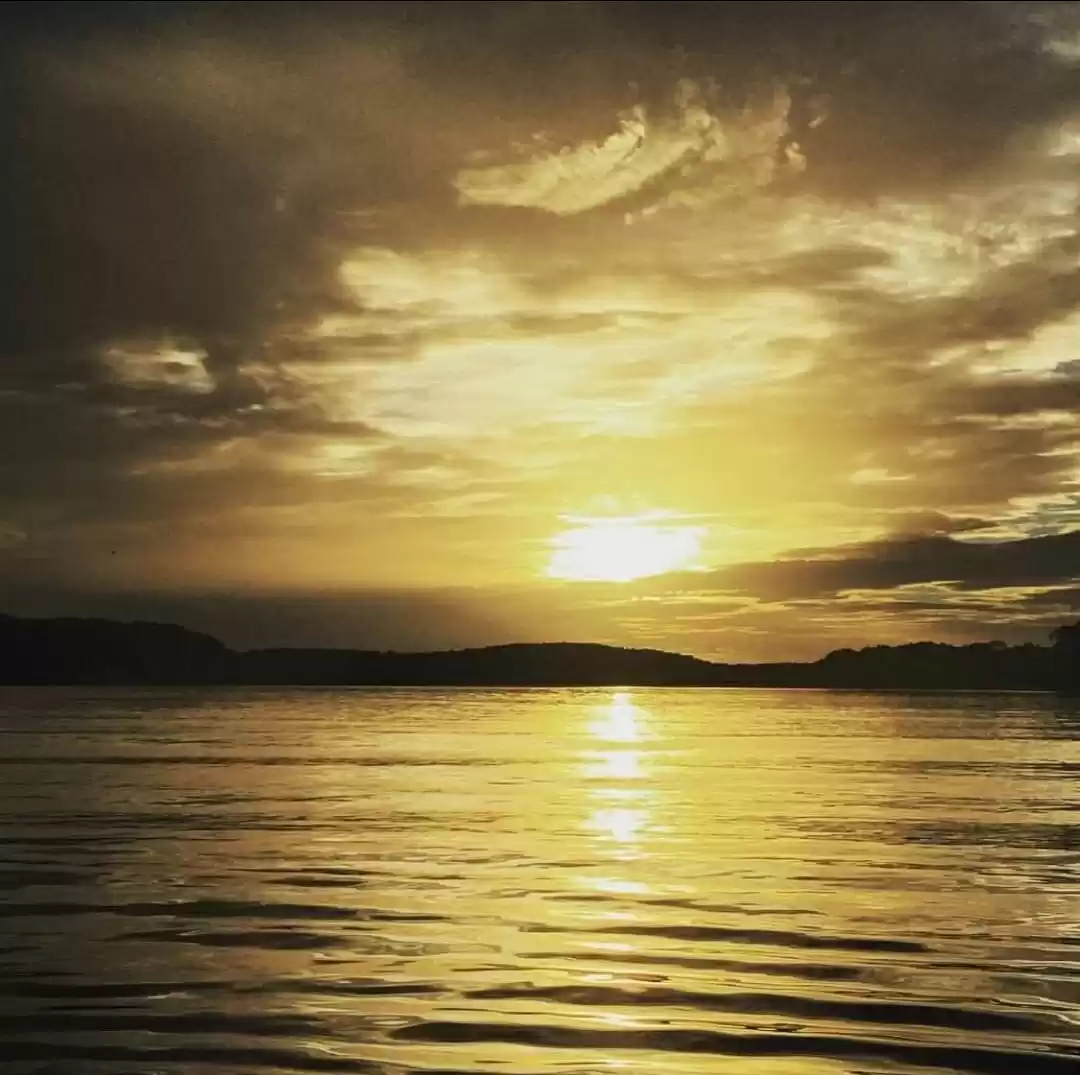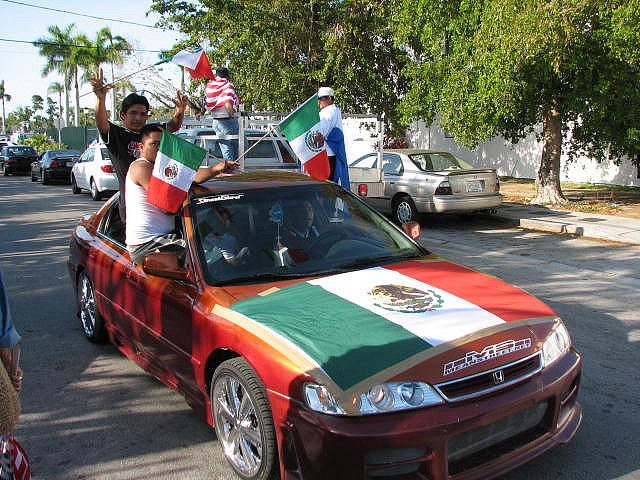
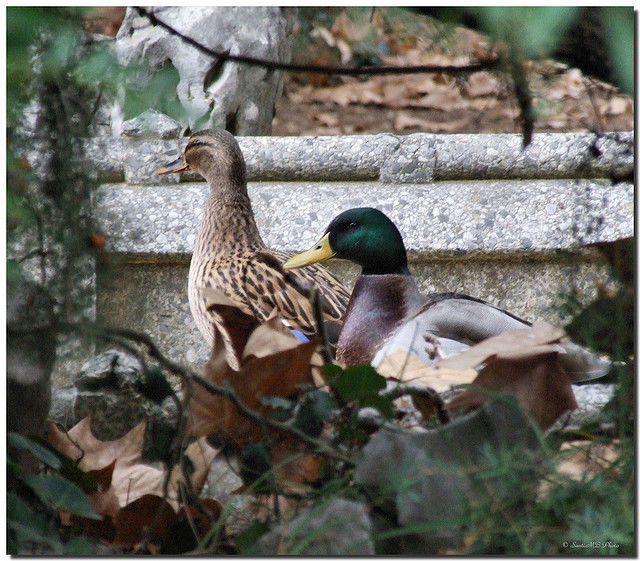
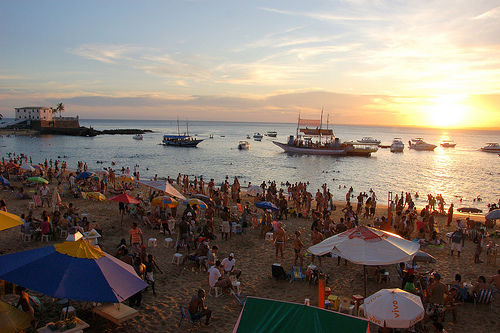
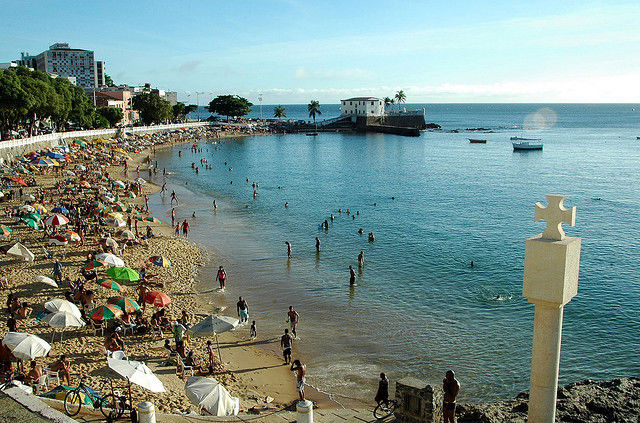
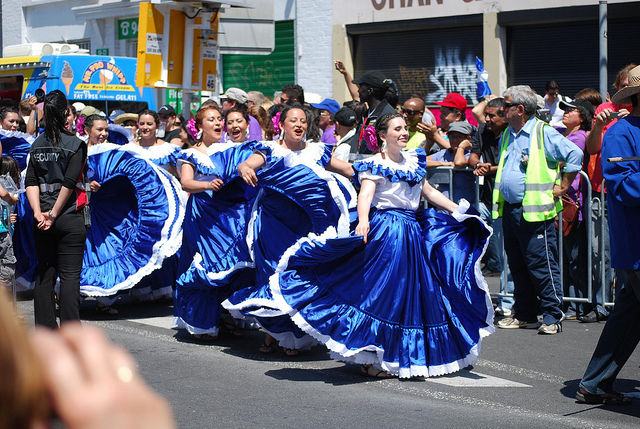
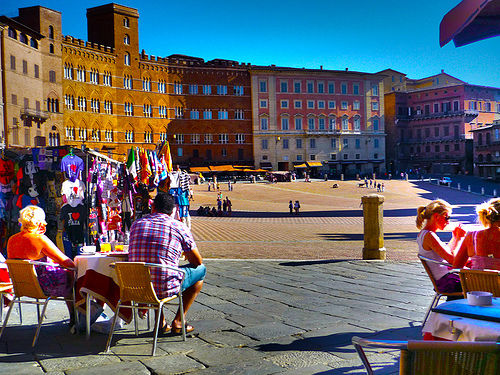
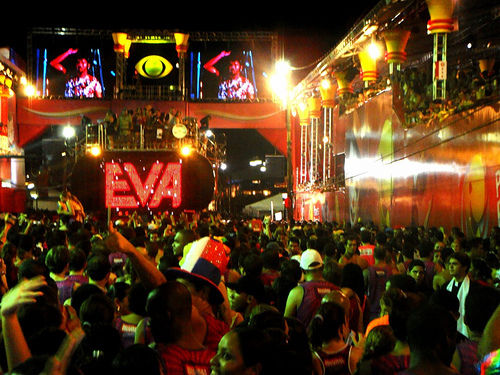
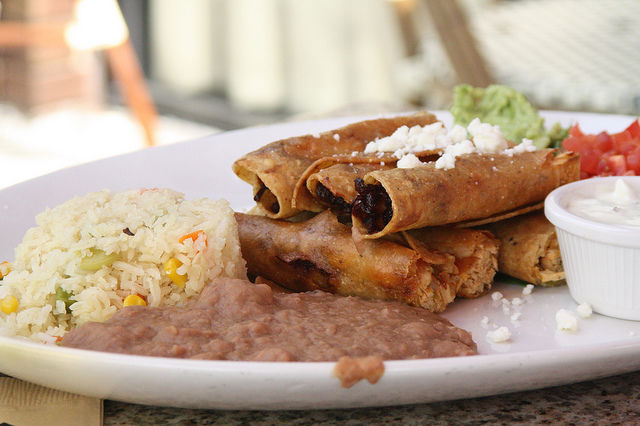

Windows rolled down, and music blasting through the speakers, we cruised along the roads, a cool and salty feel in the air. We arrived at the Pousada Alvorado Do Farol, freshened up, dropped off our luggage, and stepped outside. The streets were alive with a vibrant flash of colors. Bopping my head along to the rhythmic beat of the drums, I let myself flow through the sea of people dressed in traditional, colorful garments. The Capoeira dancers took to the stage, twisting and turning, their bodies in fluid motion with the music. A hand enveloped around my waist, as another grabbed my wrist and twirled me around. I began laughing, completely oblivious to anything else, as the music pulsated through. Salvador, we have arrived…
The carnival of Salvador da Bahia is one of the greatest tourist attractions in this culturally vibrant city, which is divided into the Cidade Alta (Upper Town), and Cidade Baixa (Lower Town) connected by the Elevador Lacerda. Alive with the Afro-Brazilian culture, Salvador is known for its cuisine, music, architecture, and adventure.
The city also happens to have some of the best beaches around. We traversed to the Porto da Barra, known to be the third best beach of the world. The clear, blue waters shone brightly, as I put on my snorkeling mask, and dove in. After rendez-vous’ing with some of my underwater friends, we grabbed a bite to eat in a local eatery nearby, and dug into our feijoada.
Leaving the beach, we moved onwards to one of the city’s four parks: the Pitaçu Park. One of the coolest features of this place is it has an artificial pond surrounding it, along with an exotic array of plants and animals scattered throughout. Many youngsters lay sprawled on the grass, while others strolled through on their bicycles the curving lanes.
The Historic Center of Salvador is also a major tourist attraction. This comprises of the old houses during the colonial times, as Salvador was the first colonial capital of Brazil. Named after the whipping post in which many slaves were punished, Pelourinho lies in the upper city of Salvador. It has now become a cultural hub of the city, as it hosts many musical performances, dances, and short plays. Walking thorugh, you can come across many cafes, restaurants, and bars.
No trip to Brazil is complete without a trip to the FIFA football stadium. The Arena Fonte Nova holds up to 55,000 people, massive in size. This was the venue for the 2013 FIFA Confederations Cup, and will be for the 2014 FIFA World Cup as well. Roaring fans witnessing power packed football match in one of the world’s largest stadiums is something you don’t want to miss out on!
Salvador typically tends to have tropical climate, but the wettest months are anywhere from April to July. The cuisine is also symbolic of the African culture from the colonial times. Seafood dishes, the acarajé, and the Shrimp bobo are a few of the delicacies found in markets. Traveling through the metro, and buses are convenient modes of transportation for most tourists. For us, we cruised along the BR-101 out of Salvador, on to our next destination.



